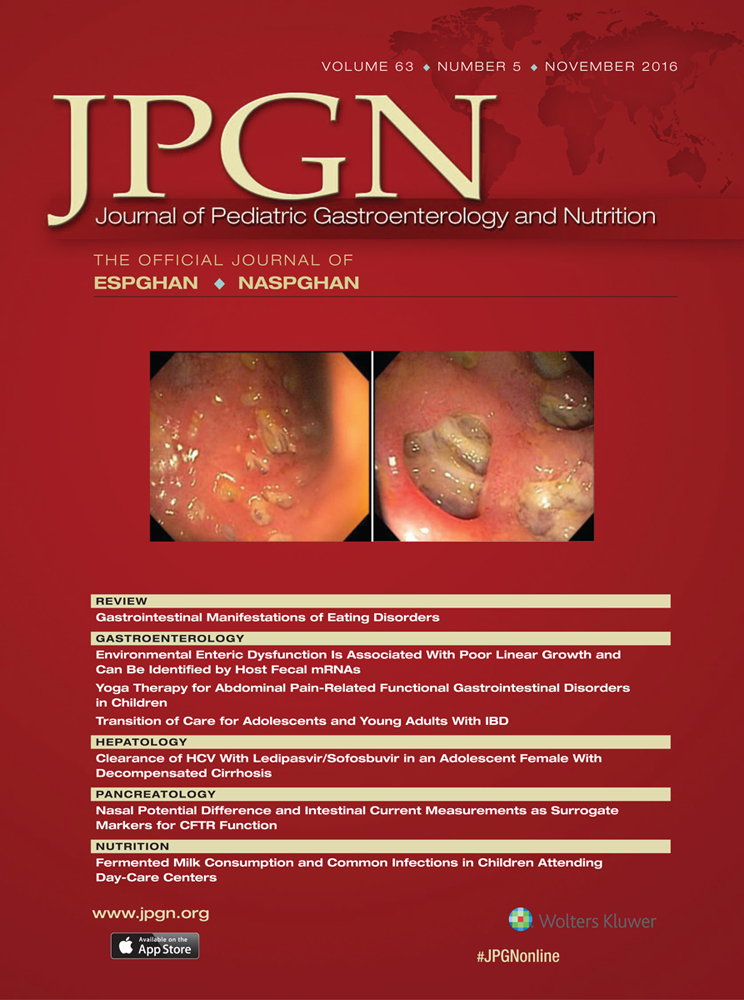Correction of Iron Deficiency Anemia With Intravenous Iron Sucrose in Children With Inflammatory Bowel Disease
The research was supported from research and development funds of the Department of Pediatrics, University of Wisconsin, School of Medicine and Public Health.
The authors declare no conflicts of interest.
Supplemental digital content is available for this article. Direct URL citations appear in the printed text and are provided in the HTML and PDF versions of this article on the journal's Website (www.jpgn.org).
ABSTRACT
Objectives:
Iron deficiency anemia (IDA) is common in children with inflammatory bowel disease (IBD) affecting their cognitive development and school performance. Oral iron supplementation has serious limitations including poor adherence and iron malabsorption related to chronic inflammation. Our objective was to evaluate the feasibility of periodic intravenous (IV) iron treatments for correction of IDA in children with IBD.
Methods:
This prospective study was conducted in 24 children with IBD treated with infliximab (IFX). Participants received 3 mg/kg (maximum 200 mg) IV iron sucrose (IS) after IFX treatments if they were iron deficient according to criteria: ferritin <30 ng/mL or transferrin saturation (TSAT) <20% with normal C-reactive protein (CRP), or ferritin <100 ng/mL and TSAT <20% with elevated CRP. They continued to receive IV IS with each IFX treatment until 2 consecutive laboratories showed no evidence of iron deficiency. Hematology and iron indices obtained during the study were compared with historic controls from the same patients.
Results:
Mean ferritin, TSAT, and hemoglobin (Hb) (±SE) rose from 21.9 (±3.2) to 48.8 (±6.3) ng/mL (P = 0.0004), 13.2 (±1.8) to 23.6 (±2.6)%, (P = 0.0009) and 11.4 (±0.3) to 12.7 (±0.3) g/dL, (P = 0.006) respectively. The proportion of patients with normal mean ferritin, TSAT, and Hb rose from 33% to 75% (P = 0.002), 21% to 63% (P = 0.006), and 25% to 79% (P = 0.0002), respectively. There were no adverse reactions.
Conclusions:
Periodic IV IS is safe and effective for routine management of IDA in children with IBD.




